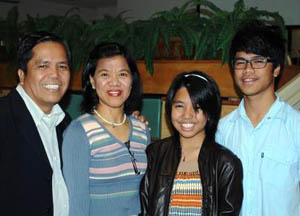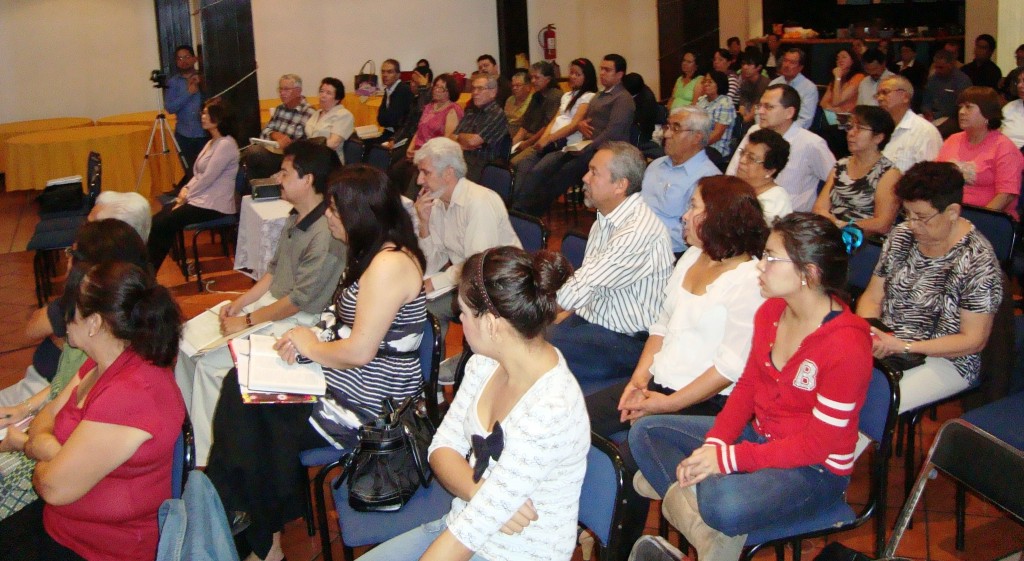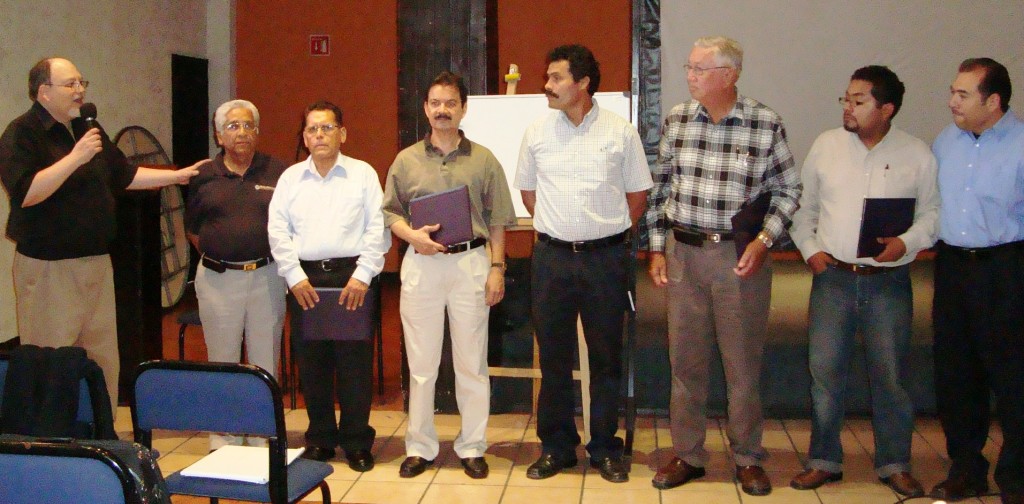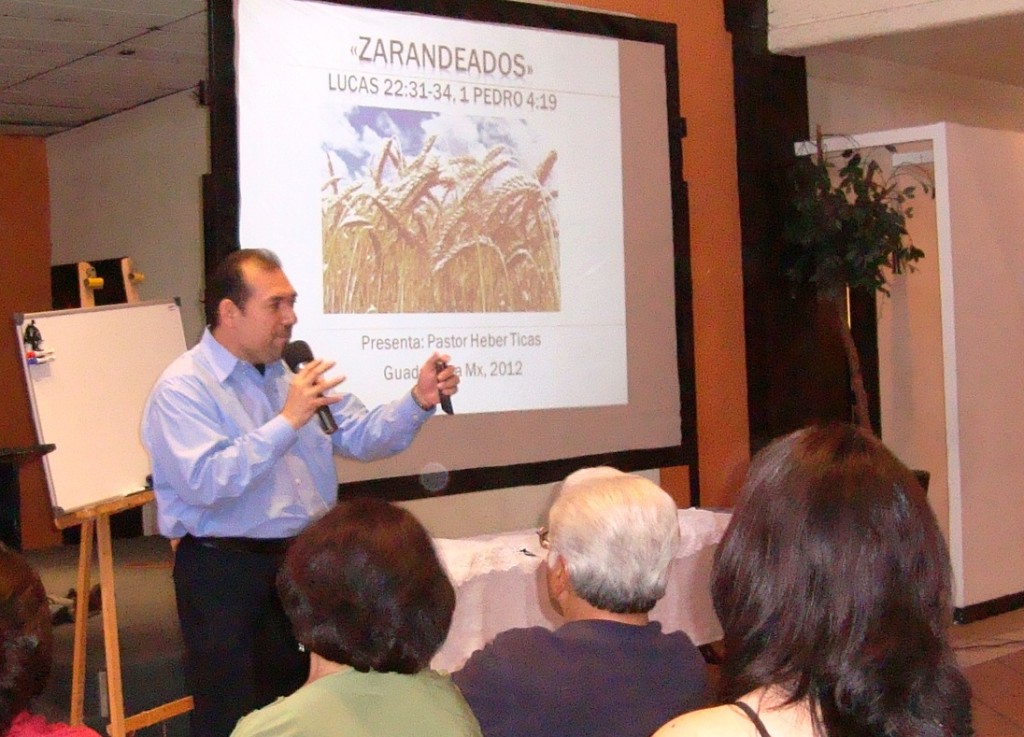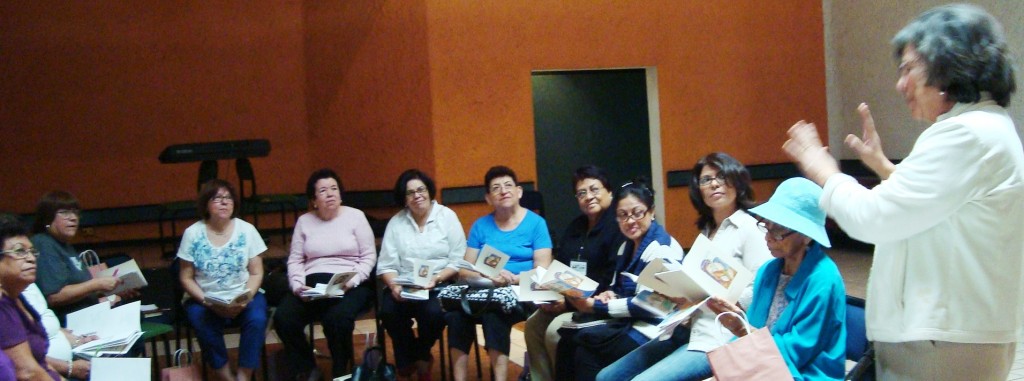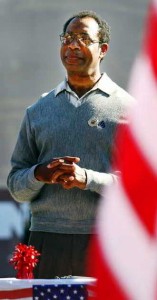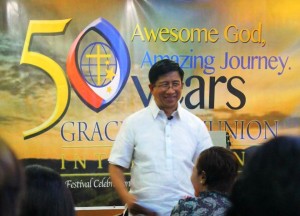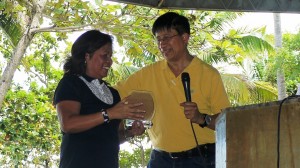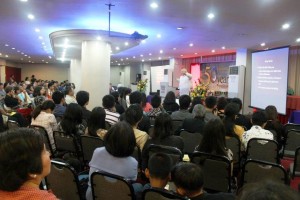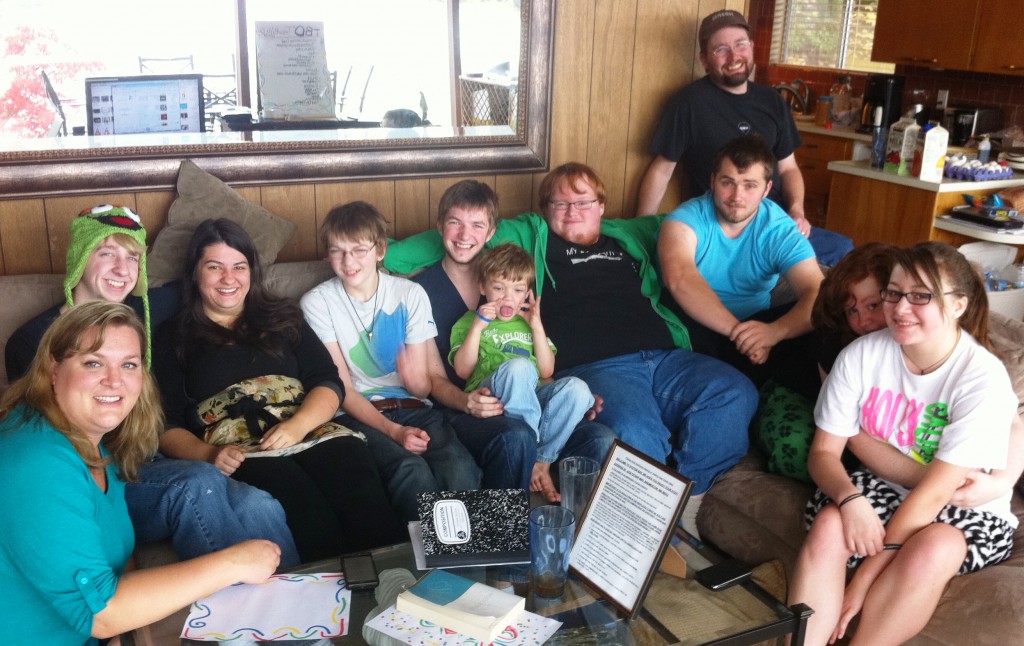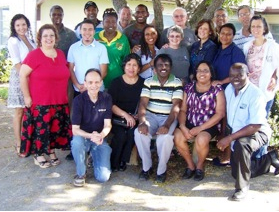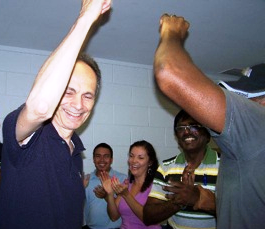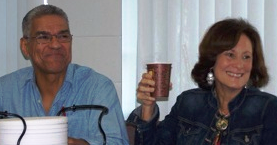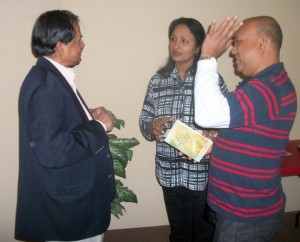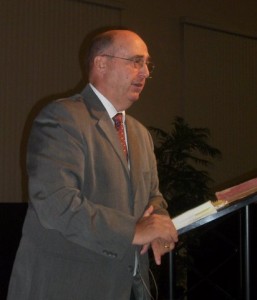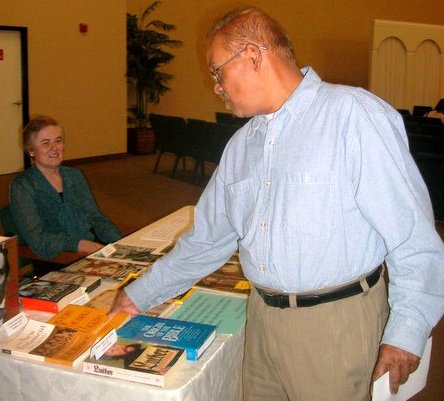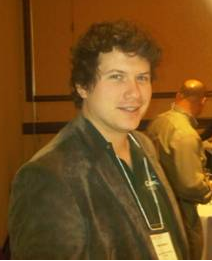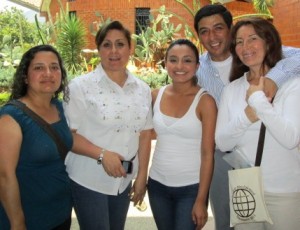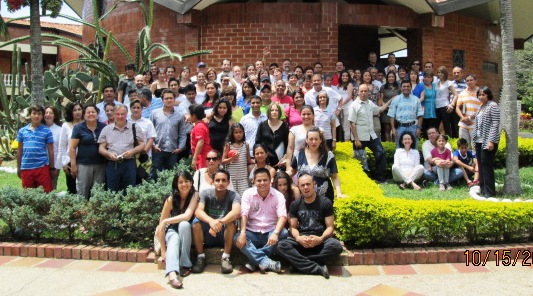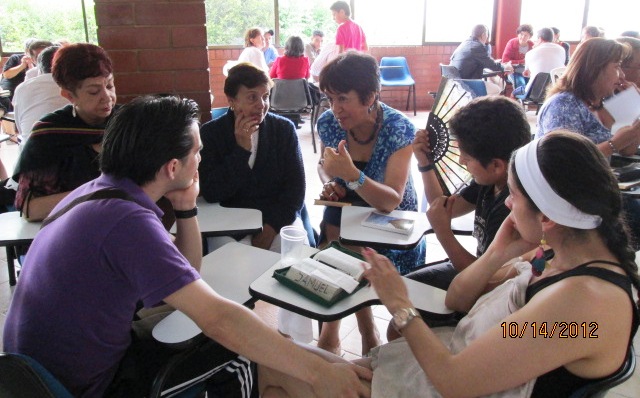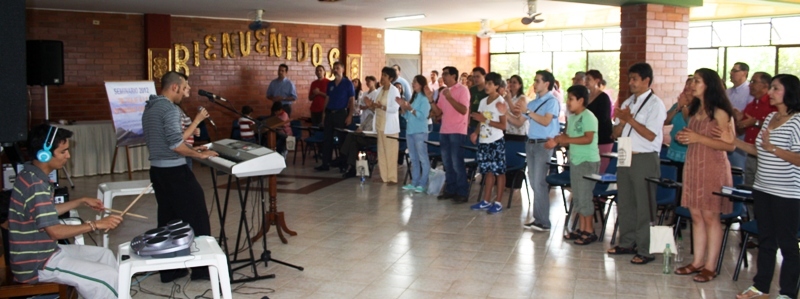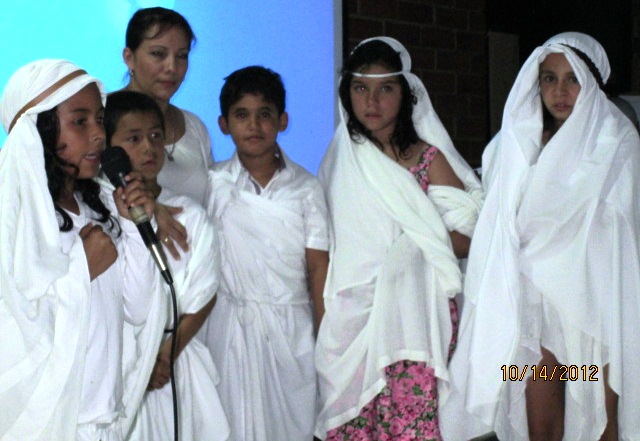The following update is from Rod Matthews, GCI mission director in Southern Asia & South Pacific.
The atmosphere of oppression is lifting in Myanmar (Burma). There’s a sense of new energy around Yangon. But visitors are constantly reminded of the economic time-warp the country has been in for decades. For example, in 1970 the government changed from driving on the left to the right side of the road. But most vehicles are old and still have the steering wheel on the right (wrong) side even though everyone drives on the right. The old buses (and most are) have the doors on the traffic side instead of the curb side. Few have been able to afford a new vehicle for decades. Most of the new vehicles still are right-hand drive having been imported from countries that drive on the left such as Thailand or Japan.
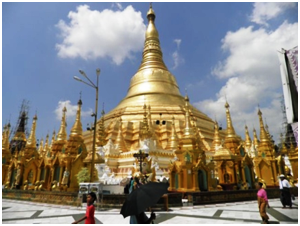 The Shwedagon pagoda complex towers over the low-rise buildings in Yangon, its gold-leaf-lined domes reflecting the sun in all directions. The contrast with the rest of the city is immense. However, the opening up of the country is gathering speed after a change of government in 2010. In this largely Buddhist country with 56 million people and more than 100 ethnic groups, less than 5% are Christian. Most of those come not from the Burmese but the ethnic Chin and Karen peoples.
The Shwedagon pagoda complex towers over the low-rise buildings in Yangon, its gold-leaf-lined domes reflecting the sun in all directions. The contrast with the rest of the city is immense. However, the opening up of the country is gathering speed after a change of government in 2010. In this largely Buddhist country with 56 million people and more than 100 ethnic groups, less than 5% are Christian. Most of those come not from the Burmese but the ethnic Chin and Karen peoples.
GCI’s fellowship in Myanmar has long had two congregations, one in the southern Irrawaddy delta area and another in the far northwest of the country in Chin State – an area that has been out of bounds to foreigners and is quite remote. Both were established through contact arising from the Plain Truth magazine decades ago. Last year I reported on a trip I made to our southern congregation of about 35 people with Malaysian regional pastor, Wong Mein Kong. They meet in a home in a small village surrounded by rice paddies.
At that time we also met with two leaders from small ministries in Yangon, and since then we have been receiving increasing numbers of emails from other ministry leaders, mainly in Yangon, who have seen our website and desire further contact with GCI. In fact, so many that we decided to conduct a seminar in Yangon to which we invited them all, to explain more about GCI – what we could offer and what we couldn’t, our philosophy of ministry and theological foundation – and also help them get to know one another.
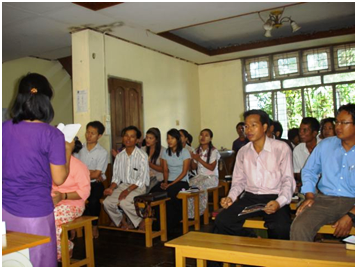
On Saturday, October 13, over 40 people gathered in a building housing a small seminary run by Pastor Hung Ling, who offered us his facility. Many were his students but about ten ministry leaders attended, most of whom we had never met in person before.
Mein Kong and I explained more about our fellowship, its scattered nature but international perspective, its blessings which we strive to share with as many as possible mainly through our website, and in honesty, what God has not enabled us to offer such as regular financial support. We outlined our approach to mission and our Trinitarian theological foundations. We provided lunch for everyone through Pastor Hung Ling’s staff. An enthusiastic Q&A session in the afternoon ended a profitable day.
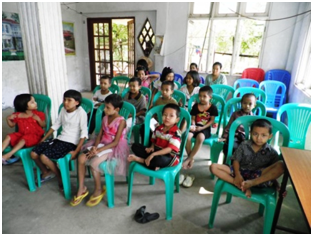
From this meeting we were invited to preach at services the following morning in Pastor Joseph Lal’s small congregation which included about 15 orphans he cares for with his two sisters.
In the afternoon we visited and taught at the Youth Education Centre (YEC) run by the parents of Nyein Thu, a fine young man who attended the seminar and has been a big help to Wong Mein Kong in making pre-trip arrangements in Yangon in past years.
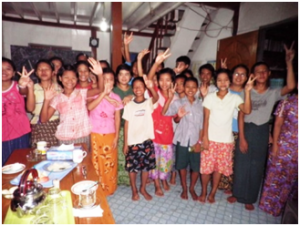
YEC is both a home for needy young people and a boarding house so rural students can attend schools in Yangon. Nyein Thu is desirous of continuing his education so he can serve as a Christian counselor in a country in great need of such expertise.
Communication with several of these pastors continues and interest has been expressed in another seminar during a future visit to Yangon.
In Myanmar, our Discipleship 101 course has been translated into Burmese and several hundred copies already distributed. The translation is currently being revised and we hope to print hundreds more copies early next year. One young man whom we met in Yangon was so excited by our literature that he translated the booklet What Is Salvation? into the Falam Chin language and is waiting for funds so it can be printed. We also were delighted to discover that the booklet “The God Revealed in Jesus Christ” has been translated into Burmese by a lady working at YEC and after further translation verification will soon be ready for printing.
Since the use of electronic communications is quite limited in rural Myanmar, and there are frequent power outages even in Yangon, there is a big demand for printed literature which can be read with the light of a candle or kerosene lamp.
I have no doubt that as Myanmar continues coming out of its isolation, it will present some excellent opportunities in the years ahead for the spread of the gospel message and for GCI to share our blessings and establish partnerships with enthusiastic ministries who desire to be connected with the broader Body of Christ.
We thank God for inviting us to have a part in the ministry of Jesus Christ in Myanmar.


